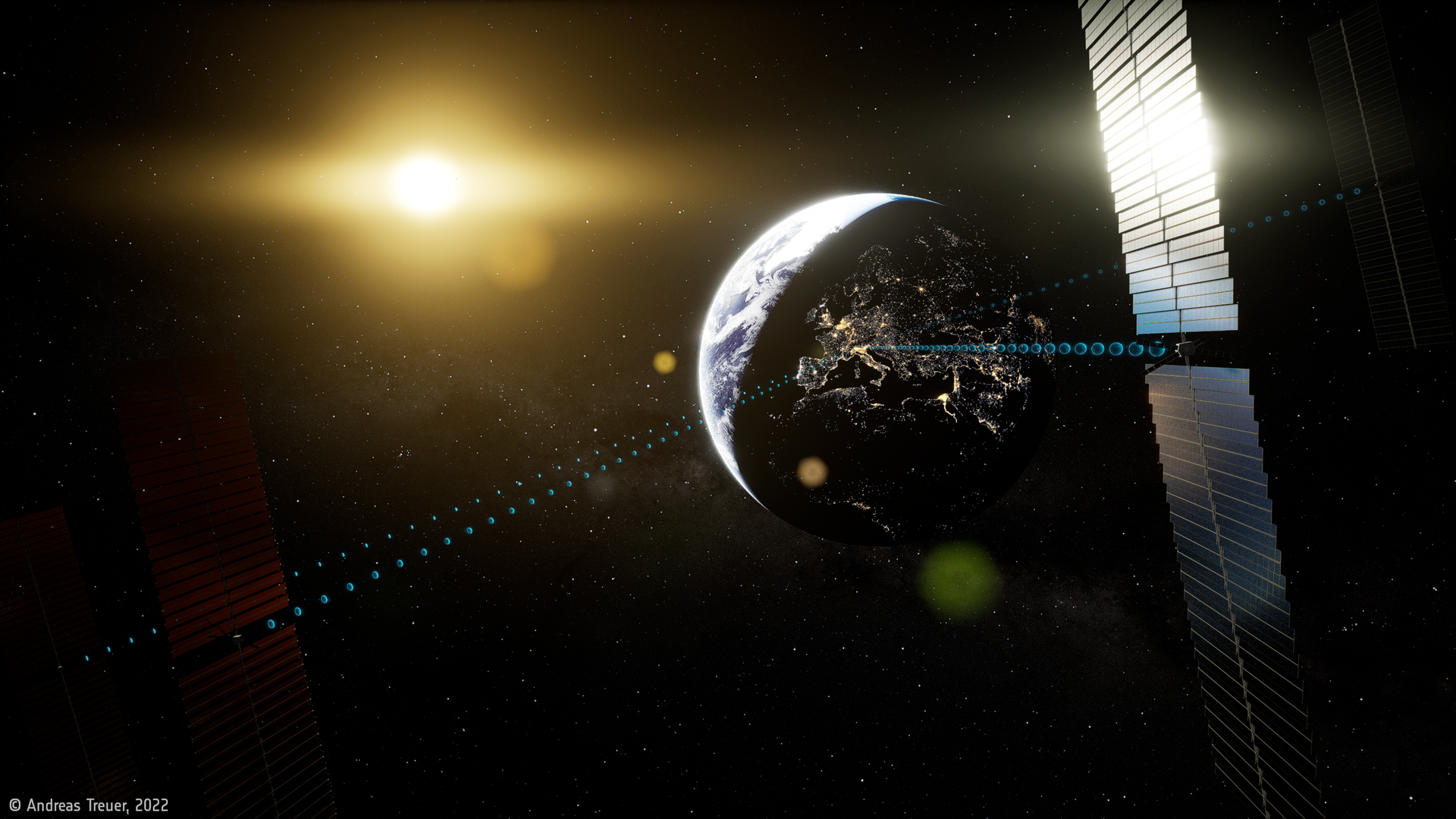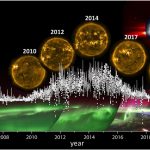Our sun is the most important factor for life to exist on our earth. The energy coming from the sun not only contributes to plants’ photosynthesis and creation of oxygen, but also provides our world with the heat energy necessary for life. As I previously mentioned in my article about the Goldilocks zone, the existence of the sun is very important for the formation of life and the existence of liquid water in our world. However, our sun is not a stationary ball of energy. Many explosions and activities occur on the surface of our Sun. While our sun produces energy, it produces energy through a reaction called fusion, and this energy reaches our world as both light and heat. During this reaction, temperatures sometimes reach millions of degrees, and there is extraordinary mobility on and inside the sun’s surface due to both the rotation of the sun and the magnetic energy generated by this high-temperature plasma. During fusion, Hydrogen isotopes combine with each other under high temperature and high pressure and form Helium, a higher element, and its isotopes. During this process, some of these atoms and molecules are converted into energy, and this energy creates the light and heat emitted by the sun.
So the Sun is not only our source of light and heat, but also a dynamic star that hosts massive explosions. These explosions are known as solar storms and can also affect Earth by shooting charged particles and electromagnetic radiation into space.
The driving force behind solar storms are changes in the Sun’s magnetic field. The Sun’s magnetic field constantly twists, bends and breaks, leading to events such as sunspots and solar flares.
What is a Coronal Mass Ejection (CME)?
Solar flares are sudden bursts of enormous energy that can shoot clouds of plasma and magnetic fields into space, called coronal mass ejections (CME). CMEs carry high-energy particles that can damage spacecraft, satellites and power grids as they move toward Earth. They can also cause light scattering in the Earth’s atmosphere, known as aurora borealis.
The intensity and effects of solar storms vary depending on the size of the CME, its distance from Earth, and the way it interacts with the Earth’s magnetic field. While some solar storms are small and harmless, others can cause large-scale power outages, communications outages, and even damage to spacecraft.
To predict and mitigate the effects of solar storms, scientists have developed complex systems that monitor the Sun and the space environment. These systems help predict when and where CMEs will occur and identify their potential impacts. In this way, infrastructures such as power grids and spacecraft can be protected and the damage that solar storms can cause can be minimized. Although solar storms pose a threat to Earth, they are also a fascinating and mysterious force of nature.
The Effects of Solar Storms:
• Outages in electrical networks: Since high-energy particles resulting from solar storms are energetically charged, they can cause outages in electrical networks by causing excessive voltage and current increases.
• Communications outages: Solar storms can disrupt radio and satellite communications, leading to flight delays, outages in mobile networks, and internet outages.
• Damage to spacecraft and satellites: High-energy particles from solar storms can damage the electronic systems of spacecraft or disrupt their functions.
• Auroras: Charged particles from solar storms cause scattering of light in the Earth’s atmosphere, known as aurora borealis. In fact, the interaction of these particles coming from the sun with the earth’s magnetic energy creates the Northern Lights, called Aurora Borealis.
Preparation for Solar Storms:
• Early warning systems: Scientists can predict solar storms using complex systems that monitor the Sun and the space environment. This information can be used to help protect infrastructures such as power grids and spacecraft.
• Strengthening technology: Electrical grids and spacecraft can be designed and improved to be more resilient to the effects of solar storms.
• Emergency plans: Emergency plans can be prepared and implemented against disruptions and damage that solar storms may cause. For example, what should be done if the electricity grid and/or internet network collapses, which backup systems should be activated, etc.
The Sun goes through a cycle of activity approximately every 11 years. Throughout these cycles, signs of solar activity such as the number of sunspots, solar flares, and coronal mass ejections (CMEs) wax and wane. In 2025, the Sun is expected to reach the peak of its current cycle (Solar Cycle 25). This is known as solar maximum. Solar scientists predict that the peak of Solar Cycle 25 will occur around July 2025 and at least 115 sunspots will occur, but when we look at current indicators, we see that solar activities are accelerating in this regard starting from 2024.
Solar storms are a natural part of space weather and will continue to impact Earth. Such interactions have already occurred in the past, and many spacecraft and even the world’s electrical grid have been affected by such cycles. However, our lifestyle, which becomes more technological every day, means that the world is more affected by these cycles of the Sun. Considering that the year 2025 will be filled with these intense solar activities as per NASA and other scientists, we should take rapid precautions in order to prevent our internet network and electricity networks from being affected in terms of national security in our country, and even convene the Solar Sciences Council, officially carry out studies on this issue and inform the public. In this way, both our space, homeland and national security will be ensured and the impact on our country’s economy will be prevented.




































[…] reactions, such as photosynthesis, to occur in the atmosphere. Also being too close to the sun and its activity can prove harmful to the planet and its living […]